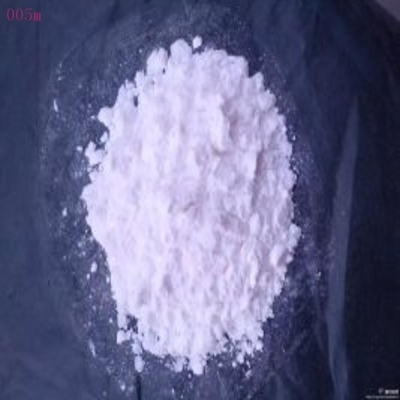-
Categories
-
Pharmaceutical Intermediates
-
Active Pharmaceutical Ingredients
-
Food Additives
- Industrial Coatings
- Agrochemicals
- Dyes and Pigments
- Surfactant
- Flavors and Fragrances
- Chemical Reagents
- Catalyst and Auxiliary
- Natural Products
- Inorganic Chemistry
-
Organic Chemistry
-
Biochemical Engineering
- Analytical Chemistry
-
Cosmetic Ingredient
- Water Treatment Chemical
-
Pharmaceutical Intermediates
Promotion
ECHEMI Mall
Wholesale
Weekly Price
Exhibition
News
-
Trade Service
In the past three years, Beijing has introduced a series of air pollution prevention and control measures, which have reduced the mass ratios of the three carcinogenic heavy metal elements of arsenic, lead and cadmium in Beijing’s atmospheric PM2.
5 by 85.
9%, 48.
9% and 40.
7%, respectively.
Among them, coal combustion is closely related.
The improvement of arsenic is the most significant
.
On the 14th, the well-known international environmental protection organization and Professor Pan Xiaochuan of the Beijing Environmental Mutagen Society released the "Research Report on the Differences of Carcinogenic Heavy Metals in Atmospheric PM2.
The experiment took samples of PM2.
5 in the atmosphere of Beijing during the two winter heating periods of 2012-2013 and 2015-2016 to analyze the difference in heavy metal content
.
Sampling analysis data shows that the mass ratios of heavy metals arsenic, lead, and cadmium in Beijing PM2.
"Arsenic, lead, and cadmium have annual average concentration limit requirements in the "Ambient Air Quality Standards".
Long-term exposure to these substances has a clear adverse effect on human health.
Among them, arsenic and cadmium are first-class human carcinogens.
"Pan Xiaochuan said
.
Since 2014, Beijing has successively closed three major coal-fired power plants and significantly reduced coal consumption
.
The "Beijing Environmental Protection Bulletin" shows that the atmospheric pollutant sulfur dioxide, which is mainly derived from coal combustion, has an average concentration of sulfur dioxide in 2015 that has dropped by 49.
1% compared to 2013
The "Report" recommends that Beijing continue to promote coal-free, increase the proportion of urban public transportation, etc.
, to reduce vehicle pollutant emissions; other densely populated and highly modern large cities and surrounding areas should speed up coal-burning emission reduction work Strength and so on
.
"The sharp drop in the concentration of the carcinogenic heavy metals arsenic and sulfur dioxide shows that Beijing's series of haze control measures have achieved initial results
.
However, the harm of PM2.







